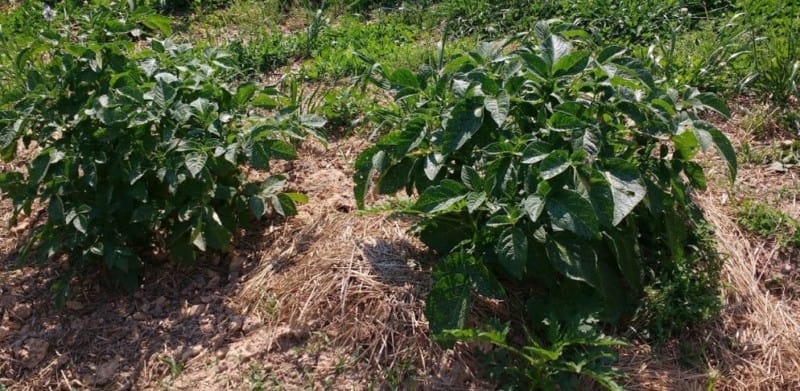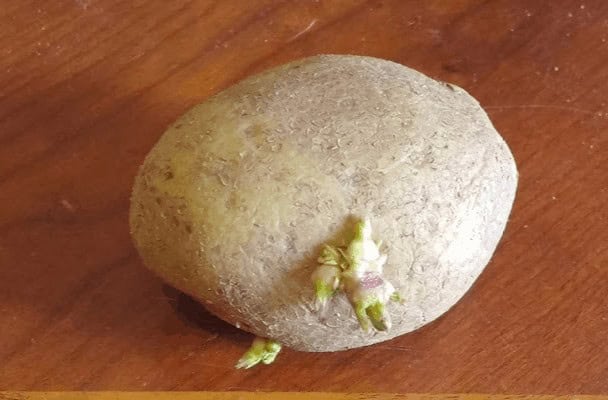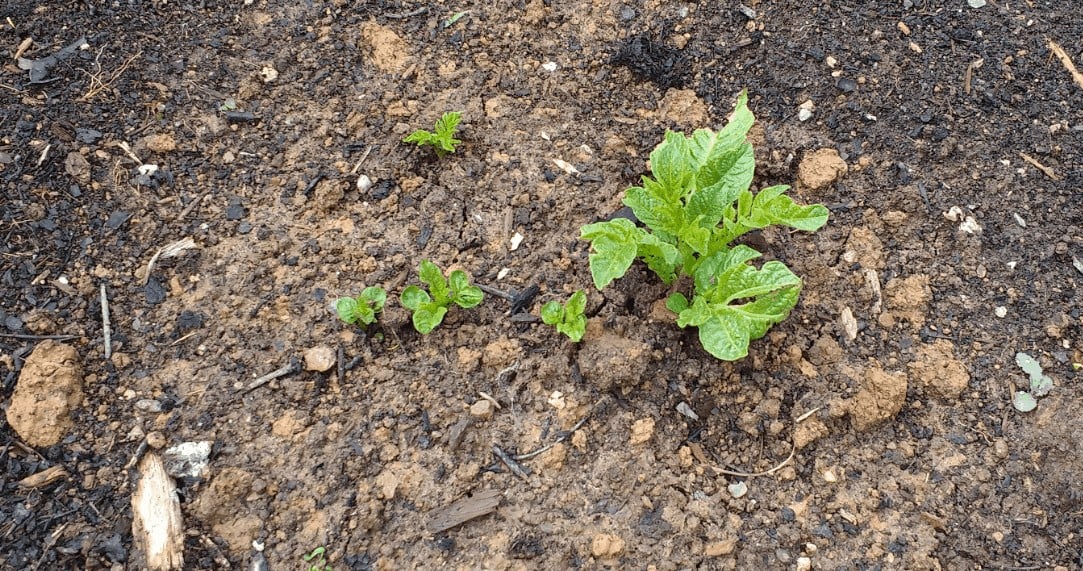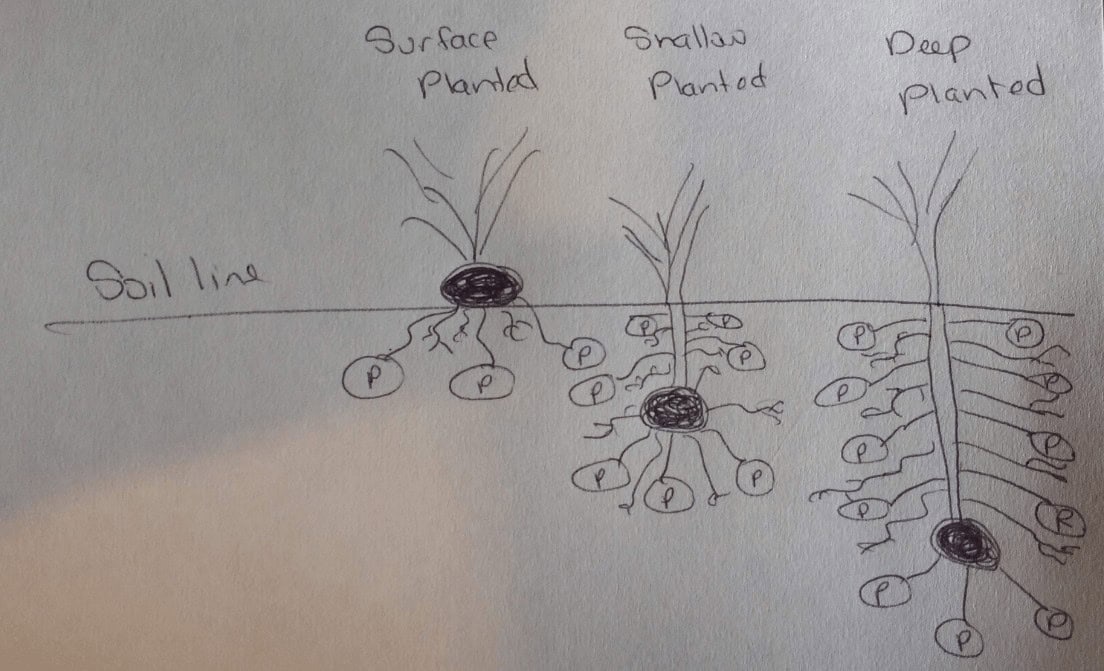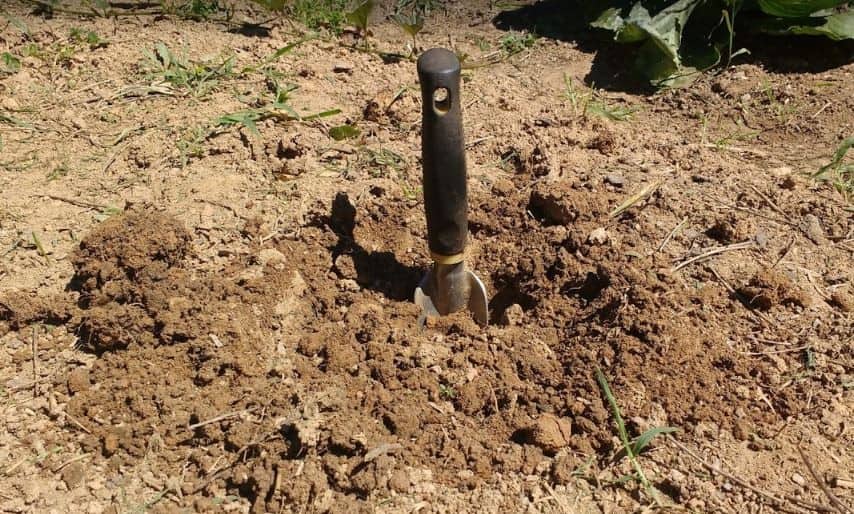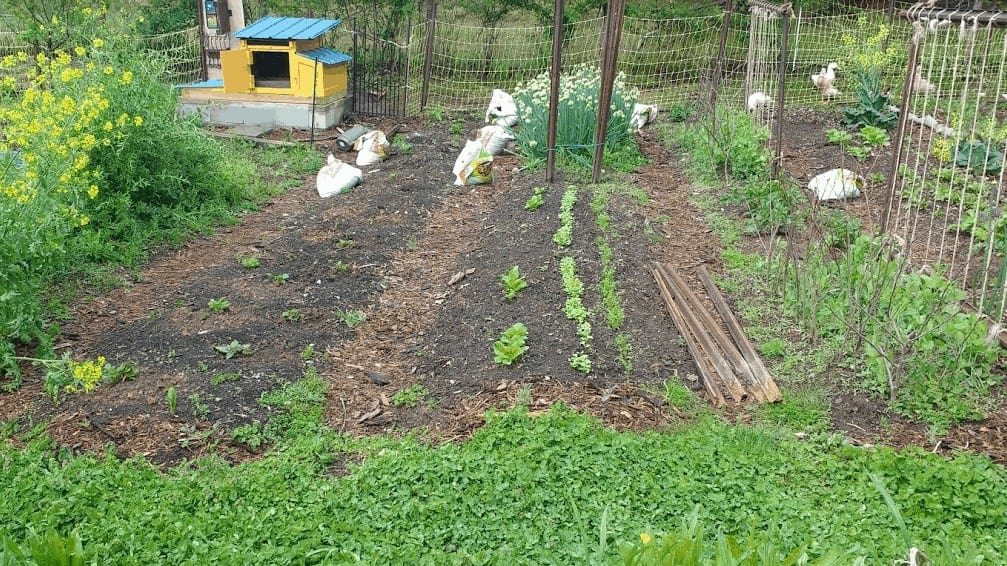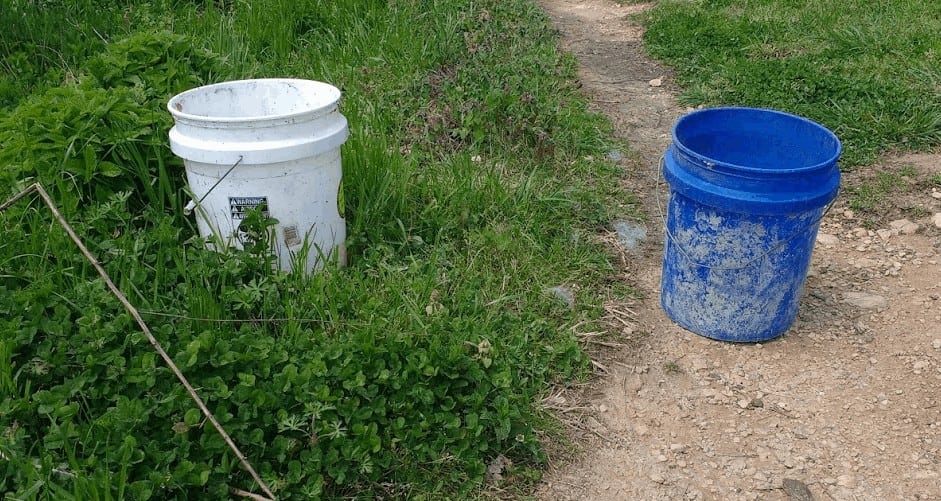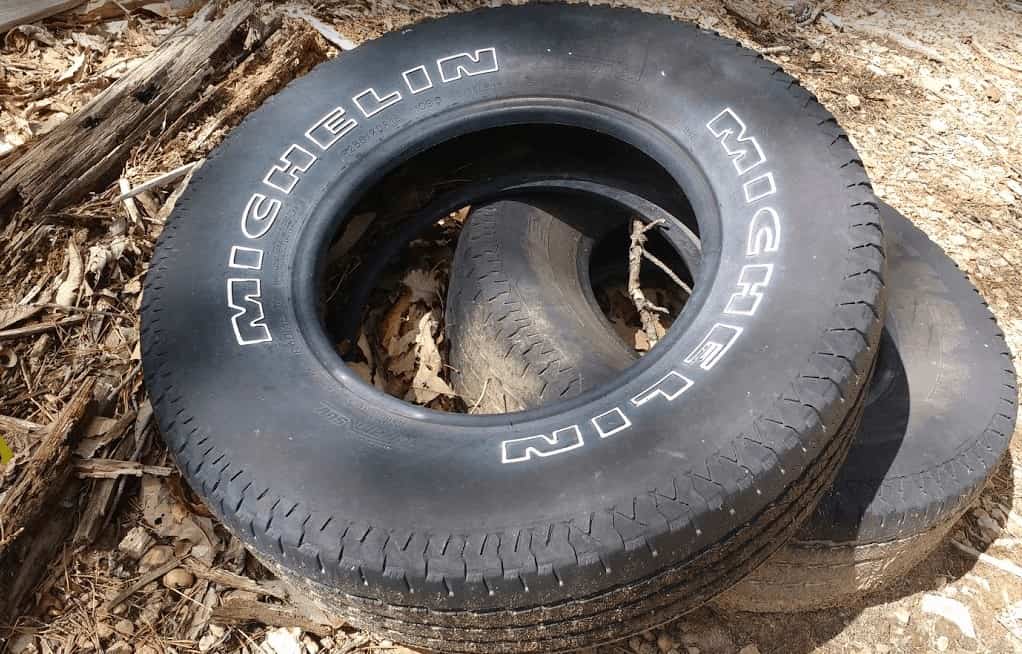Ready to take your potato game to new heights? This post delves into the intricacies of peak potato production, revealing secrets that will transform your harvest. We’re not just scratching the surface with a basic guide; we’re going deep into the world of potato growing habits, uncovering expert tips and techniques for achieving exceptional results in both soil and containers. If you’re eager to unearth the truth about what it takes to grow truly remarkable potatoes, let’s get started!
Understanding How Potatoes Grow
While we commonly refer to potatoes as ‘root’ vegetables, they’re actually plant stems that grow underground. Many plants, including garlic, turmeric, and ginger, have underground stems that are edible and highly valued for their flavor and nutritional value. The key difference between roots and stems is the way they interact with nutrients.
Roots absorb essential compounds from the soil, whereas stems transport these nutrients to the leaves, as well as transmit sugars produced through photosynthesis back down to the roots. Potatoes have a unique ability among stems, allowing them to store excess nutrients rather than just moving them around. The part we eat is essentially a modified stem that has been fattened up with stored nutrients.
Roots from Stems
Understanding how potatoes grow is crucial for appreciating their unique characteristics. The potato stem, like many other stems, possesses the ability to produce both leaves and roots. For instance, rooting mint cuttings in water demonstrates this concept. When exposed to warm conditions, potato tubers emit sun-seeking stems. Initially, these sprouts appear as small nodes poking through the skin’s ‘eyes.
‘ As they elongate, the upward-growing stems continue to grow until they reach sunlight or deplete their energy reserves. In a typical household setting, potatoes typically only produce stems due to dry conditions. However, when stored in damp, humid environments, they may also develop a few roots.
Underground Sprouting
As the potato eyes make contact with the soil, a process of natural adaptation begins to unfold. The stems of the potatoes extend above ground, driven by the desire for sunlight and warmth, while the tubers beneath the surface respond to the moisture by initiating root growth. A network of roots forms along the length of the stem, as well as beneath the initial potato, allowing the plant to absorb vital nutrients and water from the surrounding soil.
Tips for Peak Potato Production in the Ground
With the latest batch of potato stems having recently emerged from the soil, it’s an ideal time to share some expert advice on cultivating them to achieve maximum yields. As we’ve explored the fascinating world of potato stems, let’s dive into the key techniques and best practices for growing these versatile tubers in your garden.
Tip 1: Plant Deep
When it comes to planting potatoes, the length of the underground stem is a crucial factor in determining the yield. The longer the stem, the more roots it can grow from the stem area, allowing the potato tubers to access more nutrients in the soil and store them for later use. While some may think that deep trenches are necessary for optimal potato production, this isn’t necessarily true.
In fact, potatoes can be planted right on the surface of the soil using a no-till system, where they can still thrive with the help of plenty of compost. However, without the benefit of roots extending deeper into the soil, yields may not be as high. For the best results, planting between 8-10 inches deep is recommended, allowing for a 12-14 inch potato tuber column to grow along the stem.
This range also takes advantage of the biological life that feeds plants from the soil, which tends to be more abundant in the upper layers. That being said, exceptional quality soil can support deeper planting, but it’s not always necessary or beneficial to go beyond this 8-10 inch range.
Tip 2: Lure Longer Stems
We employ a clever technique when it comes to planting our potatoes. Instead of burying them under eight inches of soil from the start, we begin by covering them in just a few inches, allowing them to reach the surface before repeating the process until they’re at the top of the soil line. We even add a little extra soil on top for good measure. This approach is rooted in the fact that potatoes are intelligent and don’t bother trying to grow in extremely cold conditions.
They wait until the soil warms up slightly.
Tip 3: Right Size Your Seeds
When it comes to planting seed potatoes, the size of the tuber piece is crucial in determining how well your plants will grow. A seed potato that’s too small may struggle to reach the surface, while one that’s too large can become complacent and delay growth. Ideally, you want a piece with enough energy for rapid development but not so much that it becomes lazy. In my experience, using 1.5 ounces of potato per 4-5 inches of soil has yielded the best results.
However, this ratio may vary depending on the depth of your planting bed – 8 inches deep, for instance, requires a slightly larger seed potato. It’s also essential to ensure each seed potato you plant already has eyes, as those that don’t will still form underground, albeit at a slower pace. When possible, I opt for whole potatoes that are the right weight, as they’re less prone to rotting than cut pieces.
If, however, you have a jumbo potato, it’s best to cut it into pieces and allow those cuts to scab for at least 24 hours before planting to minimize rot risks.
Tip 4: Target Soil Fertility
The final piece of the potato productivity puzzle is fertility. The long stems of potatoes not only allow them to access nutrients deeper in the soil but also utilize nutrients that were previously washed down below the root zone during rainfall. However, if you top-feed your potato plants with fertilizers and compost, they will focus on tuber production where the most nutrients are available, reducing the effectiveness of those long stems.
Instead of top-feeding, incorporating nutrients into the soil is a more effective approach. There are two ways to do this.
The first method involves adding uncomposted materials, such as fresh cow manure, to your soil about 4-6 months prior to planting. This allows the soil to naturally incorporate those nutrients deeper into the soil over time. This is a traditional method used by farmers who kept their own livestock and didn’t have the resources to create compost piles.
However, it’s essential to rotate your potato plots every two years to avoid declines in productivity and increased risk of plant diseases due to soil overload.
The second method involves mixing well-aged compost with your soil. This can be done by adding half high-quality compost and half soil mixed together when burying the stems. Alternatively, you can mix compost into the soil as you backfill your trench after planting.
Using this method, it’s possible to grow potatoes in the same plots for extended periods without encountering plant diseases.
Tips for Peak Potato Production in Containers
With a solid grasp of potato growth fundamentals and methods for optimizing yields through stem stretching and nutrient distribution, you’re now poised to explore the various ways to plant potatoes with confidence. To successfully cultivate this staple crop above ground, it’s essential to consider a few additional factors that support healthy growth.
Tip 5: Stabilize Soil Temperatures
When it comes to growing potatoes in containers, the choice of bucket can significantly impact the outcome. A common mistake people make is using black or dark-colored containers that absorb heat from the sun, causing fluctuations in soil temperature and stressing the potato plants. In contrast, light-colored containers allow for better temperature regulation and reduce stress on the roots.
To promote healthy growth, it’s essential to choose a container that can maintain a consistent cool-to-warm temperature range. This is achieved by using a light-colored container, such as a white bucket, and placing it in an area with natural shading from tall weeds, grasses, or other plants. The photo above illustrates the benefits of this approach.
For even better results, consider creating a ‘bag bed’ by grouping multiple containers together and surrounding them with straw bales or similar materials that provide shade and regulate soil temperature. This microclimate allows for more consistent growing conditions, ultimately leading to peak potato production.
Tip 6: Contain Your Creativity
When it comes to growing potatoes, the type of container you use can be just as important as the soil mix. A galvanized tub, for instance, can hold two full-size potato plants or three new ones. By stabilizing soil temperatures using creative methods, you can even use large containers with good drainage to grow potatoes. Just make sure the container has enough room to accommodate a soil mix equivalent to a 40-pound bag.
If you’re looking for smaller containers, don’t worry – you can still get a good yield as long as they contain around 40 pounds of soil mix. For inspiration, try punching drainage holes in woven polypropylene feed bags or using wire mesh and hardware cloth to create round baskets. You could even weave potato plant-sized wattle beds using fruit tree trimmings or use heavy-duty burlap for a unique look.
Old containers like mineral buckets, galvanized tubs, discarded toilets or bathtubs, and even upside-down truck caps can be repurposed as potato planters. And if you’re feeling adventurous, you could even try planting in old tires! Larger tires are preferred, and instead of cutting off the rim like you would for a tire bed vegetable garden, fill the inside with hardwood mulch to retain moisture and regulate soil temperature.
To make your tire planters more attractive and slower to heat up in direct sunlight, consider painting them white or covering them with burlap. The key to peak potato production is being able to stack tires on top of each other, encouraging your potato plants to stretch and create longer stems. This will give you the best possible yield.
Tip 7: Soil
When it comes to planting potatoes in containers, it’s crucial to use a different type of soil than what you’d normally use. This is because container soils tend to dry out quickly and become compacted due to frequent watering. Instead, opt for a potting mix, raised bed mix, or one that has been enriched with at least 50% compost. Since potatoes require a significant amount of soil to produce a bountiful harvest, you may need to create or purchase the perfect blend.
I highly recommend incorporating organic compost into your mix, as this will provide the necessary nutrients for healthy growth. Interestingly, potatoes don’t seem to have a preference for perlite, vermiculite, or peat moss. On the other hand, they thrive when leaf mold or leaf compost is added to the mix. Additionally, topping off your soil with mulched leaves can help regulate root temperature and retain moisture without introducing excess nutrients into the top layer.
Grow Your Own Potato Stems!
With proper planting techniques and care, it’s possible to harvest 15 pounds of potatoes from just three plants. As a homestead staple crop, potatoes are renowned for their exceptional calorie density and versatility. Whether you grow them above ground or in rich soil, they’re an ideal crop for any homesteader. I highly encourage experimentation with different growing methods and sharing your peak potato production tips to help others achieve similar success.
Enjoy the satisfaction of harvesting big, fat potato stems for summer salads and winter storage.

